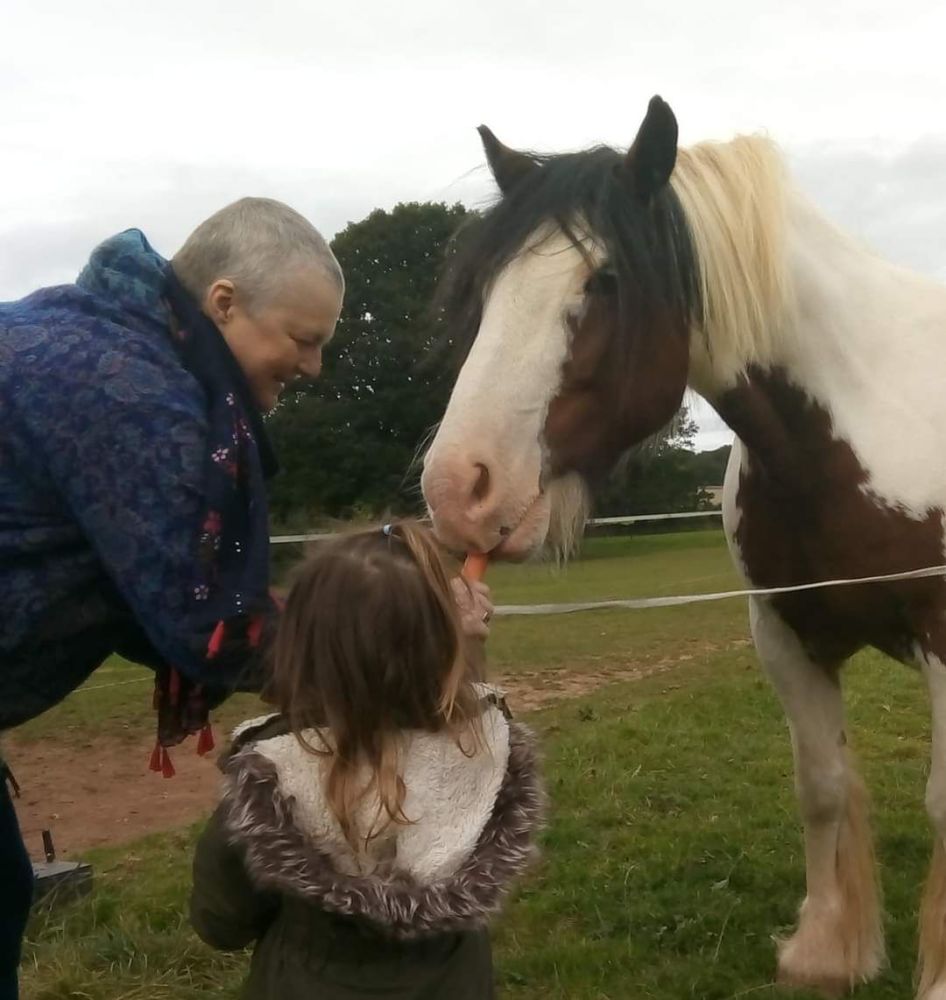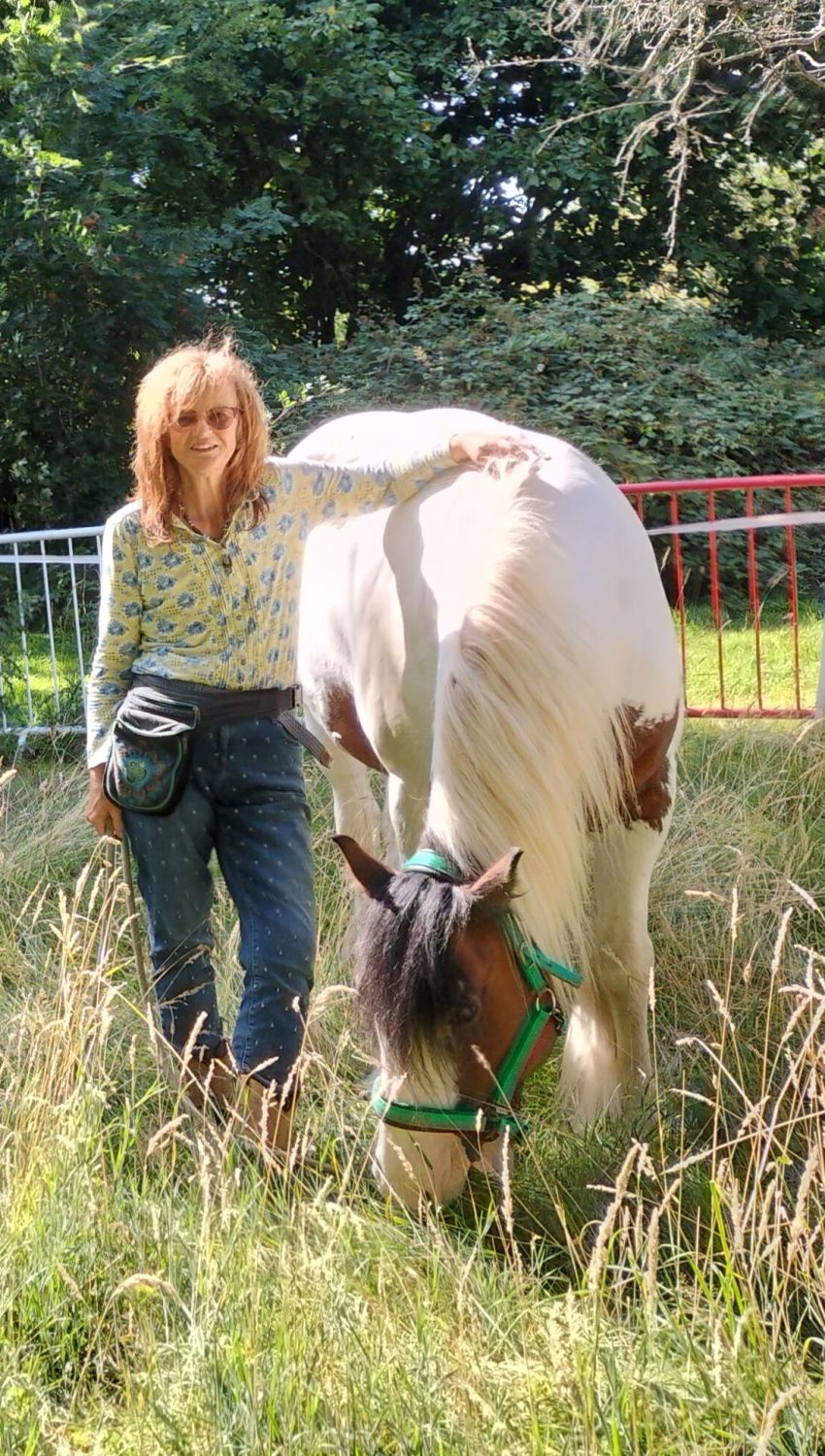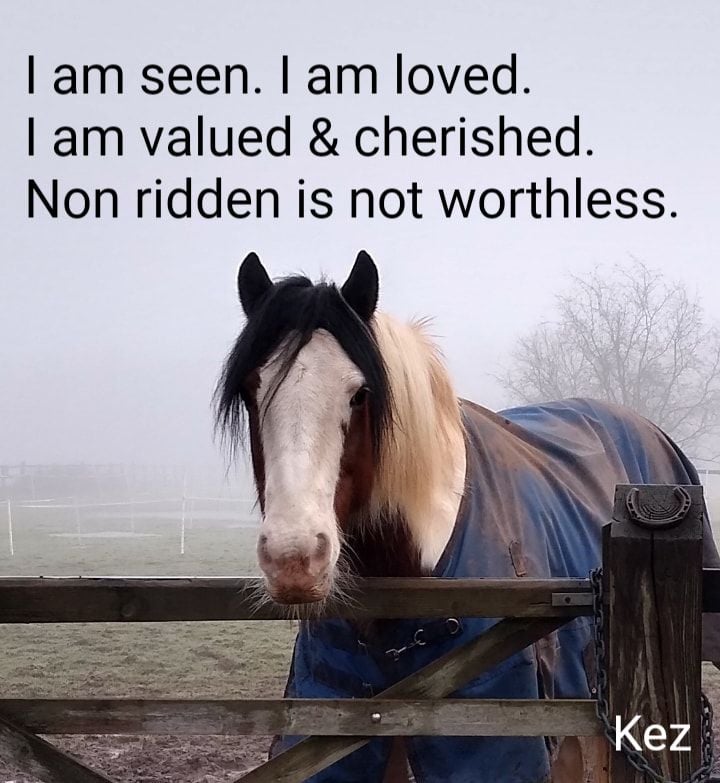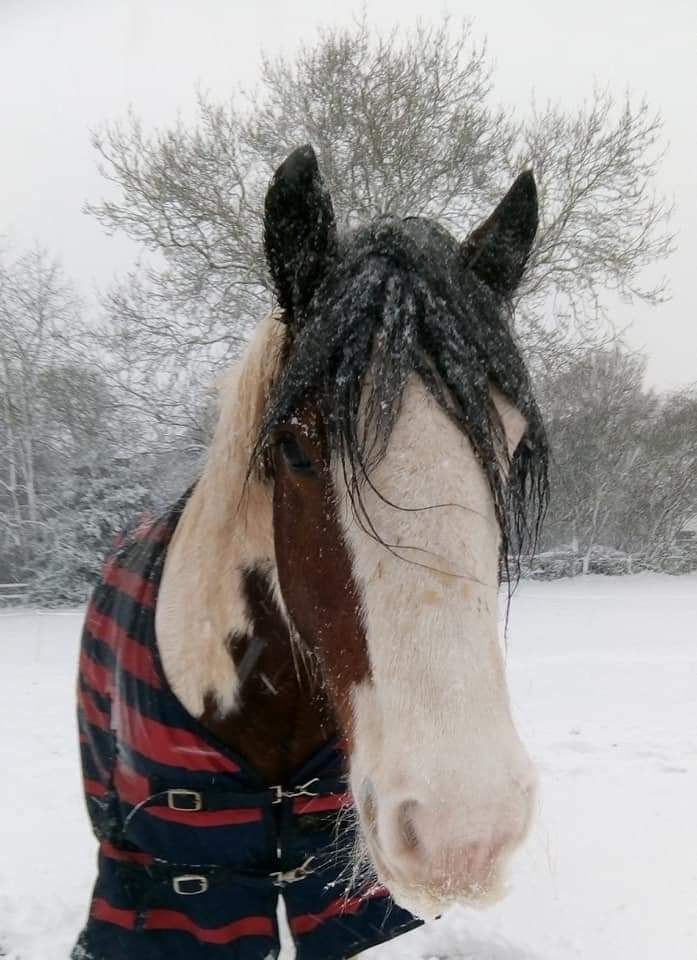Children are Our Future
Posted on
Not much is taught as grass roots to children about what a horse is and how equines are sentient. Or time given as a priority to simply enjoy non contact observation and learning of equines in their herds. Their language, how they communicate and express themselves. What matters to equines, what they desire, need and enjoy. How we can meet equines on their level. We live in a world that has a large disconnect with the environment and nature. Yet how much is taught to children about the environment and nature that lives alongside our equines? How much is taught about what is an aversive and non permissive method against what is a positive and permissive method? My guess is very little. Yet would we want our children to be taught in an educational setting that teaches them in an aversive and non permissive manner? And yes there is a scale of how awful aversive and non permissive can get from mild and difficult to identify to full blown abuse. Do we want them to grow up thinking an aversive and a non permissive way is the right way to be with others, be they have two legs or four? It for sure is a slippery slope that isn’t a good one.
I am sure we want children to learn to be kind, compassionate and caring towards others. Yet often when children embark on anything related to equines they are often experiencing education that encourages the use of aversive methods and techniques with equines. Who stops to consider what messages we are giving to young minds using such methods? There is big business in this, just visit any tack shop and you will find an array of equipment designed to be used in an averse way. Even designed especially for children, pink sparkly whips being the most obvious. Whips, sticks, carrot sticks, wands….call them what you like. It is a hot bed for debate over ethical use of such equipment. I for sure have my own views as I am sure you do. Yet do we ponder what we teach children in regards to the ethics of such equipment and its use? Or is it seen as the norm and leave such equipment available to be freely used with little insights in the application? Often the equine is seen as a tool for the child to achieve a goal by those educating or facilitating the experience. Sadly it is socially acceptable in the equine world to use methods, techniques and equipment that if we applied this to other animals there would be public uproar.
My guess this has deep roots in tradition and cultural conditioning. I fear change will not happen in my lifetime. That equines will only be seen a commodity, there for a purpose and a job. To be used and sadly in some cases abused. Abuse is easy to spot when physical harm results or it is extreme. Yet even on the world platforms such as the Olympics we have seen such abuse. One case was Saint Boy who was clearly showing all the signs of extreme distress and was whipped, spurred and yanked about by his rider and thumped by the riders coach. No official stepped in to stop this abuse. Top level in any discipline or area of equestrianism is meant to showcase the very best practice and ensure it is without doubt the gold standard in line with current ethical thinking. Sadly often it is not.
For sure there are many pathways up that mountain and ethics are a wide topic. As what is ethical to each of us is dependent on how we see horses and how we connect with them. We all see through our own lenses of experience. Learning is life long and if we embrace wanting to continually learn how to be the best for our equines we open up to letting go old ways of thinking. It in turn creates an opportunity to make the world a better place for all equines.
It certainly makes you ponder who is willing to step up and showcase to the next generation the best practice to interact with equines? I personally struggle to see the answers. Or what that should look like. Or who will champion this? The equine industry is fractured, divided, political and driven by finance, egos, greed and personal gain and glory. I tried to provide a diverse platform to showcase good practice by setting up the not for profit Non Ridden Equine Association UK. It had a website with lots of free resources from a diversity of professionals to inspire, delight and educate. It ran for 4 years. Yet the very industry it was set up to promote destroyed this with pressure, bullying and legal threats. So I have very little faith that individuals and or organisations are willing to put aside their own issues with each other for the greater good. I have lost so much faith in the industry as unpleasantness is rife. I have stood above the parapet and been shot at many times. I have little time left on this earth and limited energy that with sadness it was best to close the Non Ridden Equine Association UK. However I freely gift my lifetime of knowledge with free resources. Yes free. You will find the non ridden themed ones in Kez’s Club and all resources in the Horsemanship Resources section on my website. Many published articles, detailed downloads, how to guides, blogs and much more. All free, my gift with love.
I still work with people and their horses. However I no longer teach riding as this is no longer my own personal journey. I am very interested in the profound connections between equines and their humans. How equines wish to connect and communicate with their humans. These bonds are wonderful, powerful and life changing. I am passionate about non ridden and the rich and diverse gifts we can enjoy with our equines. The healing we can experience by being with equines, being in nature, how equines and nature can release our creativity and self-expression. I am by nature a Maverick. The chances of me finding others who share this vision is very small in an equine world that struggles to see equines are sentient and are blissfully unaware of aversive methods. Yet I am very open to sharing my gifts with others on a similar pathway. So I remain hopeful that one day I may be given the opportunity to gift children some insights. To enable them to have rewarding, fun, healing and profound connections with equines. That in turn could lead to a safer future for equines.
Below a photo of my granddaughter Perri on a visit to our horse Kez. 


